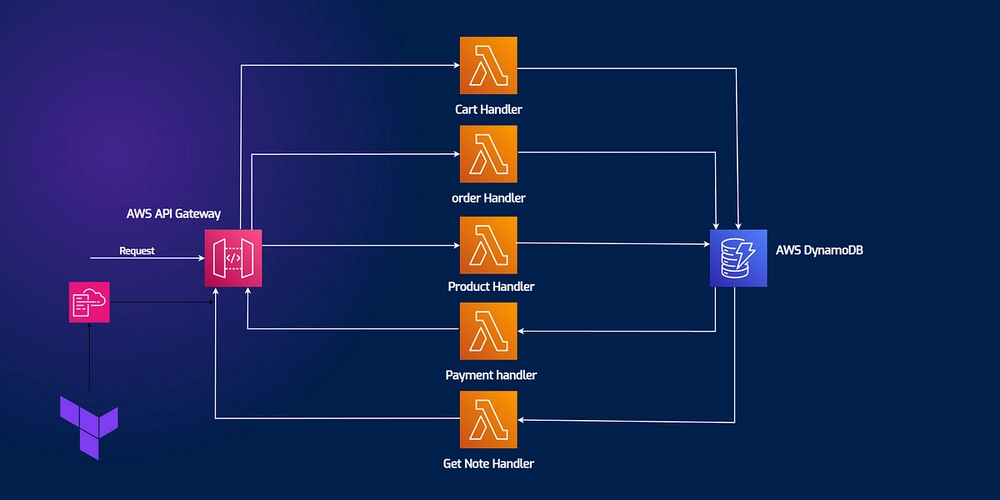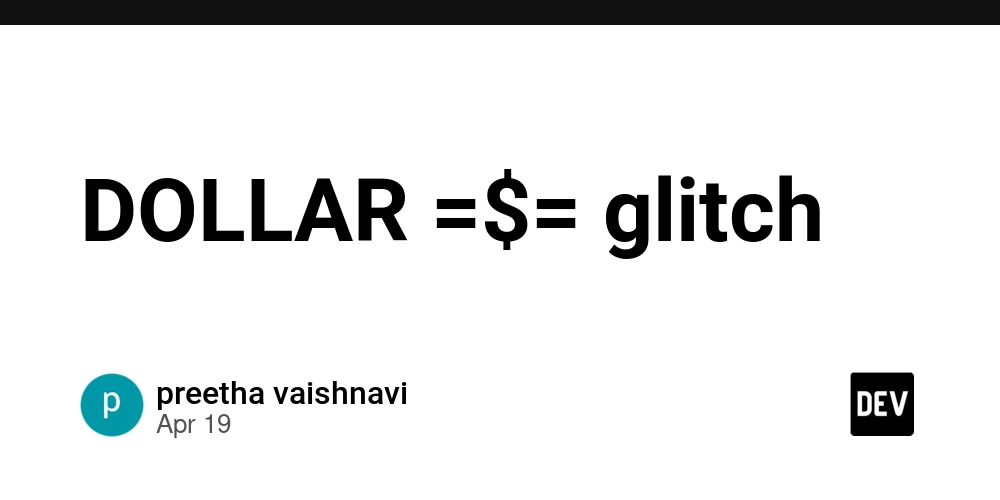Create a Cool Music Chart Site with Deezer API
Deezer offers a rich API that provides access to music charts from various countries via playlist endpoints. In this article, you'll learn how to build a fun music chart website using it. Whether you're looking to polish your frontend skills or tackle common issues like CORS errors, this project has you covered. Charts Online demo Link to the demo: https://charts.corsfix.com Understanding the CORS Challenge When you try to call the Deezer API directly from your frontend (e.g., fetching a playlist like https://api.deezer.com/playlist/3155776842), you might run into a CORS error. This happens because Deezer doesn’t return the appropriate CORS headers for direct browser access from different origins, so your browser blocks the response for security reasons. No 'Access-Control-Allow-Origin' header is present on the requested resource. Origin 'http://localhost:3000' is therefore not allowed access. If an opaque response serves your needs, set the request's mode to 'no-cors' to fetch the resource with CORS disabled. CORS Error when calling Deezer API directly The Workaround: Using a CORS Proxy To keep things simple and avoid setting up your own backend, you can use a CORS proxy. A CORS proxy fetches the API data on your behalf (from Deezer, in this case) and sends it back to your frontend with the correct CORS headers. This lets your app access the data without any hassle. fetch("https://proxy.corsfix.com/?"); Using CORS proxy to fetch Deezer data Setting Up Your Project For this project, we'll be using Next.js with the static export mode. This approach helps us deploy your project on any static hosting service (like GitHub Pages, Cloudflare Pages, Netlify, or Firebase Hosting) without needing a dedicated Node.js server. What Your App Needs to Do Fetch Deezer Chart Data: Retrieve playlist data (representing a country's chart) from the Deezer API via a CORS proxy and store it in your component state. Create a Country Selector: Allow users to choose a country, which maps to a specific Deezer playlist ID. Display the Chart: Render the list of songs, including title, artist, album art, and duration. (Optional) Add Audio Previews: Implement functionality to play short audio previews provided by the Deezer API. Now let’s dive into each of these steps. Building the App 1. Fetching the Deezer API Directly calling the Deezer API from your frontend leads to CORS issues. To work around this, we’ll use a CORS proxy in your fetch request. You'll need the specific playlist ID for the chart you want to display (e.g., 3155776842 for the Worldwide chart). // Example fetch using a CORS proxy for Deezer Worldwide Chart fetch("https://proxy.corsfix.com/?https://api.deezer.com/playlist/3155776842") .then((response) => { if (!response.ok) { throw new Error(`HTTP error! status: ${response.status}`); } return response.json(); }) .then((data) => { // Store the track data (data.tracks.data) in state console.log(data.tracks.data); }) .catch((err) => console.error("Error fetching the Deezer API:", err)); 2. Creating a Country Selector Deezer uses specific playlist IDs for different country charts. You'll need a way to map user-friendly country names to these IDs. You can store this mapping in a constant array or object. // Simplified example of country data const countries = [ { name: "Worldwide", flag: "

Deezer offers a rich API that provides access to music charts from various countries via playlist endpoints. In this article, you'll learn how to build a fun music chart website using it. Whether you're looking to polish your frontend skills or tackle common issues like CORS errors, this project has you covered.
Link to the demo: https://charts.corsfix.com
Understanding the CORS Challenge
When you try to call the Deezer API directly from your frontend (e.g., fetching a playlist like https://api.deezer.com/playlist/3155776842), you might run into a CORS error. This happens because Deezer doesn’t return the appropriate CORS headers for direct browser access from different origins, so your browser blocks the response for security reasons.
No 'Access-Control-Allow-Origin' header is present on the requested resource. Origin 'http://localhost:3000' is therefore not allowed access. If an opaque response serves your needs, set the request's mode to 'no-cors' to fetch the resource with CORS disabled.
CORS Error when calling Deezer API directly
The Workaround: Using a CORS Proxy
To keep things simple and avoid setting up your own backend, you can use a CORS proxy. A CORS proxy fetches the API data on your behalf (from Deezer, in this case) and sends it back to your frontend with the correct CORS headers. This lets your app access the data without any hassle.
fetch("https://proxy.corsfix.com/?Using CORS proxy to fetch Deezer data
Setting Up Your Project
For this project, we'll be using Next.js with the static export mode. This approach helps us deploy your project on any static hosting service (like GitHub Pages, Cloudflare Pages, Netlify, or Firebase Hosting) without needing a dedicated Node.js server.
What Your App Needs to Do
- Fetch Deezer Chart Data: Retrieve playlist data (representing a country's chart) from the Deezer API via a CORS proxy and store it in your component state.
- Create a Country Selector: Allow users to choose a country, which maps to a specific Deezer playlist ID.
- Display the Chart: Render the list of songs, including title, artist, album art, and duration.
- (Optional) Add Audio Previews: Implement functionality to play short audio previews provided by the Deezer API.
Now let’s dive into each of these steps.
Building the App
1. Fetching the Deezer API
Directly calling the Deezer API from your frontend leads to CORS issues. To work around this, we’ll use a CORS proxy in your fetch request. You'll need the specific playlist ID for the chart you want to display (e.g., 3155776842 for the Worldwide chart).
// Example fetch using a CORS proxy for Deezer Worldwide Chart
fetch("https://proxy.corsfix.com/?https://api.deezer.com/playlist/3155776842")
.then((response) => {
if (!response.ok) {
throw new Error(`HTTP error! status: ${response.status}`);
}
return response.json();
})
.then((data) => {
// Store the track data (data.tracks.data) in state
console.log(data.tracks.data);
})
.catch((err) => console.error("Error fetching the Deezer API:", err));
2. Creating a Country Selector
Deezer uses specific playlist IDs for different country charts. You'll need a way to map user-friendly country names to these IDs. You can store this mapping in a constant array or object.
// Simplified example of country data
const countries = [
{ name: "Worldwide", flag: " 








































































































































































![[The AI Show Episode 144]: ChatGPT’s New Memory, Shopify CEO’s Leaked “AI First” Memo, Google Cloud Next Releases, o3 and o4-mini Coming Soon & Llama 4’s Rocky Launch](https://www.marketingaiinstitute.com/hubfs/ep%20144%20cover.png)



























































































































![[DEALS] The All-in-One Microsoft Office Pro 2019 for Windows: Lifetime License + Windows 11 Pro Bundle (89% off) & Other Deals Up To 98% Off](https://www.javacodegeeks.com/wp-content/uploads/2012/12/jcg-logo.jpg)


















































































































































_Andreas_Prott_Alamy.jpg?width=1280&auto=webp&quality=80&disable=upscale#)

































































































![What features do you get with Gemini Advanced? [April 2025]](https://i0.wp.com/9to5google.com/wp-content/uploads/sites/4/2024/02/gemini-advanced-cover.jpg?resize=1200%2C628&quality=82&strip=all&ssl=1)











![Apple Shares Official Trailer for 'Long Way Home' Starring Ewan McGregor and Charley Boorman [Video]](https://www.iclarified.com/images/news/97069/97069/97069-640.jpg)
![Apple Watch Series 10 Back On Sale for $299! [Lowest Price Ever]](https://www.iclarified.com/images/news/96657/96657/96657-640.jpg)
![EU Postpones Apple App Store Fines Amid Tariff Negotiations [Report]](https://www.iclarified.com/images/news/97068/97068/97068-640.jpg)


































































































































